
Homeowners often contemplate whether to remodel or renovate their houses to improve their functionality and aesthetics. Understanding the difference between remodeling and renovating is crucial for determining the best course of action for the desired upgrade.
Remodeling refers to altering a space’s structure and functional purpose, while renovation entails updating and improving the existing structure without changing its primary function.
When homeowners choose to remodel, they typically make significant structural changes, including:
This process tends to be more complex and expensive than renovation, as it often involves rerouting plumbing or electrical systems.
In contrast, renovating a house involves:
Renovations can provide a refreshed look and be more budget-friendly than a full remodel.
Remodeling is the process of changing a property’s layout, fixtures, and form, often requiring construction work to alter and transform the space. It differs from renovating as it goes beyond cosmetic updates and tackles structural changes to create a new layout or function for the area.
One popular instance of remodeling is a kitchen remodel, which can involve rearranging the location of appliances, modifying cabinets, and changing the overall layout of the space.
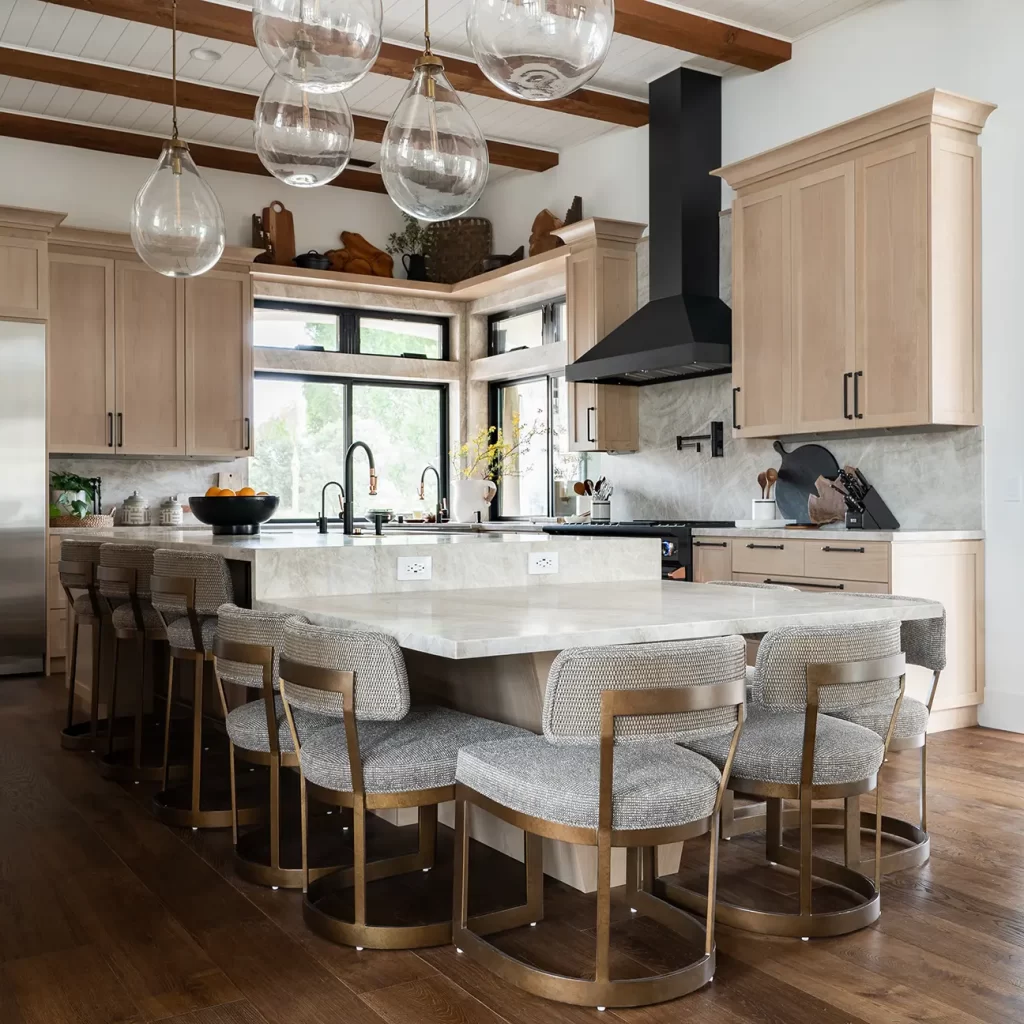
Remodeling projects can be more complex than renovations, as they usually require the involvement of construction professionals for tasks such as demolishing walls, repositioning plumbing, and rewiring electrical systems.
When planning a remodeling project, it’s essential to adequately plan and make informed decisions to achieve the desired results. That may include hiring a remodeling firm with expertise in the specific type of work required. Choosing the right firm can help homeowners ensure that their remodeling project stays on track and is completed efficiently and effectively.
Remodeling projects can vary in scope and complexity, from minor updates to complete property overhauls. Regardless of the project size, it’s crucial to remember that remodeling typically involves a higher degree of construction work than renovation projects. It may also come with increased costs, time commitment, and potential challenges.
In conclusion, understanding remodeling means recognizing the level of structural change and planning necessary for a successful outcome. Homeowners can transform their living spaces into more functional and visually appealing environments by choosing the right professionals, having a clear vision, and addressing potential challenges.
Renovating a house involves updating and repairing its existing features to improve its functionality, aesthetics, and overall value. Common renovation tasks include painting walls, updating kitchens, and refreshing bathrooms.
One aspect of renovating is updating a home’s kitchen. That could include repainting cabinets or refinishing them, depending on the current state and desired outcome. For example, smart design tips may transform a galley kitchen to maximize its space and functionality. Replacing outdated appliances with energy-efficient ones and updating countertops are common kitchen renovation tasks.
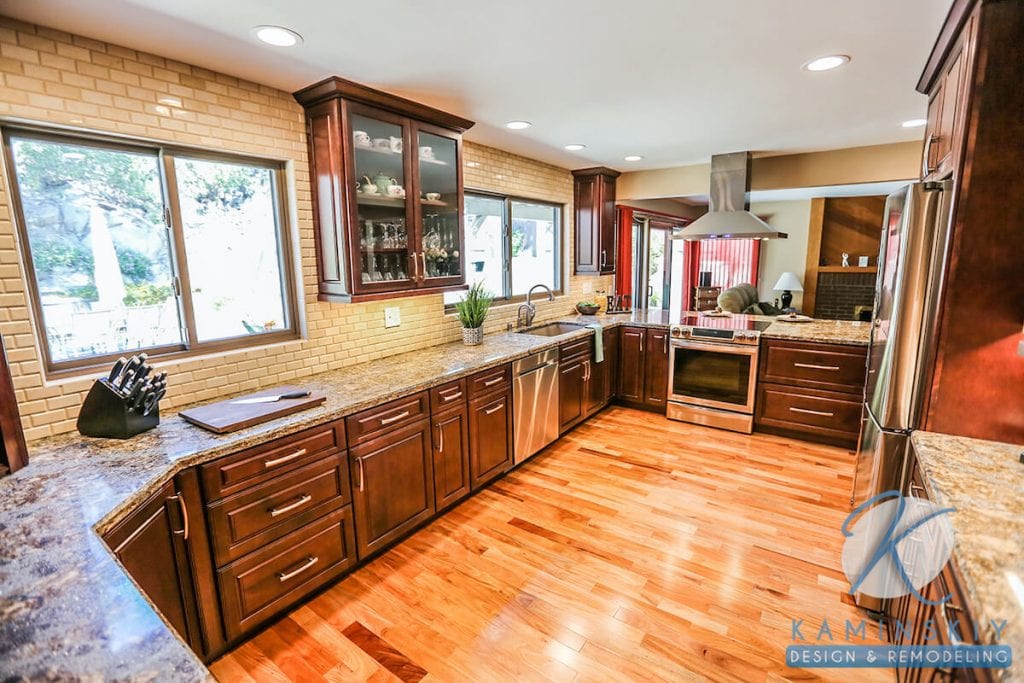
In addition to kitchens, updating a house’s paint is another common renovation project. That can involve repainting the entire house’s interior and exterior or simply refreshing a single room. A fresh coat of paint can significantly impact a home’s value by creating a more appealing and updated appearance.
Renovating a bathroom can make it a more luxurious space. Simple updates like installing new fixtures, incorporating modern tile designs, or improving the bathroom’s overall layout can have a significant effect. Additionally, implementing universal design features can ensure the bathroom is accessible and functional for all ages and abilities.
Throughout the renovation process, it’s essential to consider the existing home’s structure and layout to make the updates cohesive and functional. When done correctly, renovating a house can significantly enhance its value and appeal to potential buyers or improve the quality of living for its current residents.
When it comes to home design, there are several vital elements to consider during a remodeling or renovation project. For example, updating the cabinets with new materials, colors, or styles in the kitchen can significantly enhance the space. It’s also important to consider installing new fixtures and light fixtures, such as recessed lighting, that complement the kitchen’s overall design.
A crucial element of a renovated or remodeled kitchen is the kitchen island. A well-designed island can provide additional workspace, storage, and seating options. Many kitchen island inspirational ideas can help create functional and stylish island designs that meet your needs and preferences.
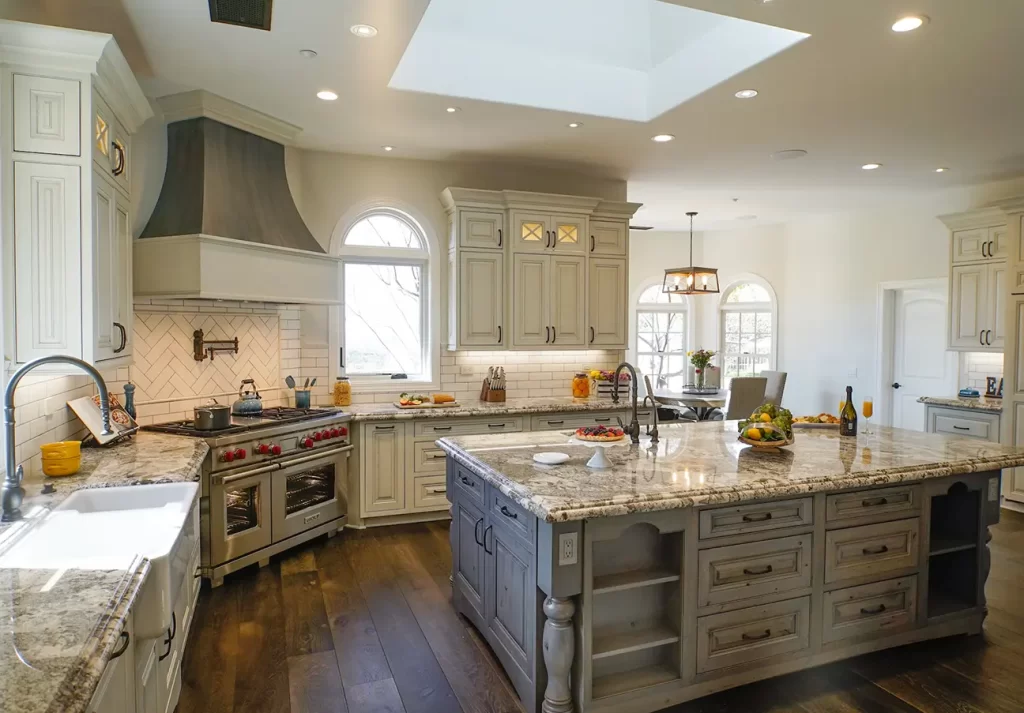
In bathroom design, attention to detail is critical. Planning a space combining functionality with aesthetics involves selecting appropriate fixtures and materials to create a refined atmosphere. Some bathroom design trends to incorporate in your home may include high-tech toilets, bold tiles, and gold hardware to create a luxurious bathroom experience.
An open floor plan is another vital element of home design. You can foster a seamless flow between these areas by connecting the kitchen, dining room, and living spaces while encouraging shared family experiences. Depending on the architectural style of your home, consider removing walls or reconfiguring layouts to enhance the open concept effect.
Finally, it’s essential to address ceilings and lighting throughout the house. Installing decorative ceiling elements, such as crown molding or architectural details, can elevate the design and create a polished look. Different lighting options, including ambient, task, and accent lighting, can help set the desired mood and ambiance within each room.
Throughout the remodeling or renovating process, it’s crucial to thoughtfully consider each design element and select elements that align with your kitchen design style and personal preferences. With careful planning and execution, you can transform your home into a welcoming and functional space tailored to your needs.
When considering a home improvement project, understanding the difference between remodeling and renovating is vital for cost estimation and investment analysis. Both tasks involve making changes to a property. However, they differ significantly in terms of scope, budget, and financing options.
Renovating typically refers to updating an existing structure with cosmetic changes. This process could include painting walls, replacing tiles, and refinishing floors. These types of projects generally have a lower budget and faster turnaround time.
On the other hand, remodeling involves structural changes to a property, such as demolition and construction. That can include transforming a room by adding or removing walls, redesigning a kitchen, or constructing an addition. Remodeling projects are more complex, time-consuming, and costly than renovations.
In terms of investment and return on investment (ROI), both remodeling and renovating can add equity to a property, depending on the project and current market trends. However, some projects may have a higher ROI than others.
Here’s the Cost vs. Value for San Diego in 2022 based on different types of remodeling projects:
| Project Type | Job Cost (USD) | Resale Value (USD) | Cost Recouped |
| Bath Remodel | Midrange | 32,854 | 20,984 | 63.9% |
| Bath Remodel | Upscale | 96,404 | 55,445 | 57.5% |
| Bath Remodel | Universal Design | 48,122 | 26,535 | 55.1% |
| Minor Kitchen Remodel | Midrange | 31,939 | 25,689 | 80.4% |
| Major Kitchen Remodel | Midrange | 89,230 | 54,152 | 60.7% |
| Major Kitchen Remodel | Upscale | 173,218 | 98,655 | 57.0% |
| Master Suite Addition | Midrange | 214,122 | 144,958 | 67.7% |
| Master Suite Addition | Upscale | 430,520 | 246,645 | 57.3% |
Creating a realistic budget and exploring various financing options is crucial when planning a remodeling or renovating project. Homeowners can tap into their home’s equity through home equity loans, lines of credit, or refinancing with a cash-out option, though each comes with risks and benefits.
In summary, remodeling and renovating projects differ in scope, cost, and associated investment outcomes. Renovations generally involve cosmetic updates and have a lower budget, while remodeling projects involve structural changes and therefore come with higher costs. Both types of projects can increase a property’s value, but understanding these differences is essential for making informed decisions about budgeting and financing.
A major remodel refers to extensive changes and transformations within a space, often involving structural alterations, complete redesigns, or significant upgrades to systems and features. Unlike minor remodels, which might include cosmetic changes or simple updates, a major remodel can fundamentally change a space’s function, appearance, and value.
Here’s what typically characterizes a major remodel:
Examples of major remodeling might include:

When it comes to the difference between remodeling and renovating a house, one of the main factors to consider is the extent of structural changes involved.
In a renovation project, the primary focus is updating an existing structure with cosmetic changes, so there might be no major alterations to the layout or supporting elements of the building.
On the other hand, remodeling entails changing the structure through demolition and construction, which can involve adding or removing walls, modifying the layout, and making substantial updates to the building’s overall design.
Obtaining the necessary permits is essential when embarking on a remodeling project that includes structural changes. Different municipalities have different requirements, but most require permits for tasks such as altering load-bearing walls, making significant additions to the building or modifying the plumbing or electrical systems. During a renovation, permits might not be required for less extensive work, such as painting or installing new flooring.
In remodeling and renovation projects, construction can involve various tasks, with some projects being more extensive than others. For instance, knocking down a wall to create an open-concept living space or adding walls to create additional rooms are common construction activities in remodeling. These structural changes can significantly impact a home’s overall appearance and functionality.
In conclusion, when considering the difference between remodeling and renovating a house, it’s essential to understand the extent of structural changes necessary and their impact on the overall project. From obtaining permits to making construction decisions, being informed about the various aspects of these projects will help ensure a successful outcome.
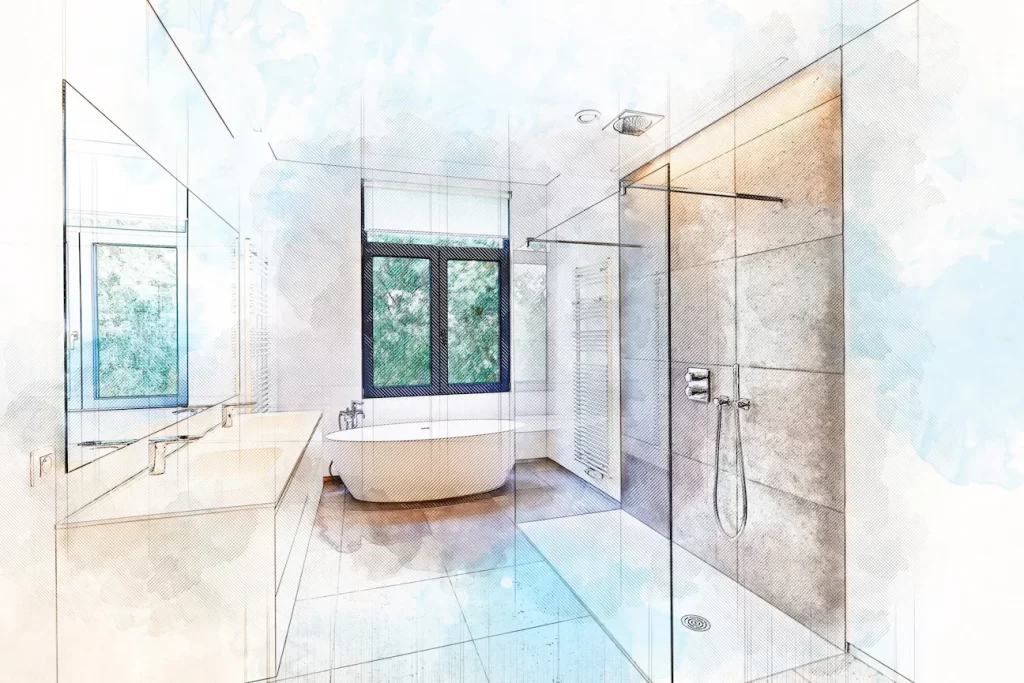
Various professionals play a crucial role in ensuring success when undertaking a home improvement project. A remodeler contractor is typically responsible for overseeing and coordinating the entire project. They will manage the budget, timeline, and quality of workmanship.
Depending on the scope of the project, different professionals may be required. For instance, an architect may need to design and create detailed plans for significant structural changes or new additions. They ensure the project complies with local building codes and fits within the neighborhood’s aesthetic.
Another critical professional in remodeling and renovating projects is the general contractor. They will manage subcontractors, such as electricians and plumbers, to handle specific technical aspects of the project. An electrician is responsible for installing or updating electrical wiring, outlets, and lighting. At the same time, a plumber manages the installation and repair of water and gas lines and any necessary plumbing fixtures.
Projects that involve extensive remodeling may require additional specialist services, such as structural engineers, landscape designers, and interior designers. These experts ensure the project integrates seamlessly with its surroundings and remains functional and visually appealing.
In summary, a successful remodeling or renovation project relies on the expertise of diverse professionals, including contractors, architects, general contractors, electricians, and plumbers. Choosing the right team of experts ensures that your home improvement project will be carried out smoothly and efficiently, with minimal disruptions and a high-quality outcome.
When planning a renovation or remodel, it’s essential to consider the materials and appliances involved in both processes. Renovations typically involve updating and refreshing a space, which may include replacing damaged flooring, updating hardware, or installing new windows. On the other hand, remodeling can be more extensive as it involves changing the structure or layout of a space.
It is crucial to examine durability, appearance, and maintenance requirements for materials. Different flooring materials, such as hardwood, laminate, and tile, possess varying longevity, aesthetics, and upkeep attributes. Factors such as style, functionality, and material should be considered when selecting hardware for your project.
Appliances are an essential aspect of a home renovation or remodeling project. Replacing outdated or non-functional appliances can significantly improve the overall functionality and appearance of the space. High-end options may offer advanced features and better performance when considering new appliances. However, evaluating whether the additional cost is a wise investment is essential.
While choosing materials and appliances, remember to keep an eye on energy efficiency. Opting for energy-efficient windows and insulation can reduce utility bills, and selecting eco-friendly appliances can help minimize energy consumption, contributing to a more sustainable home.
Incorporating smart home technologies, such as kitchen automation, can also improve the convenience and functionality of your home during a renovation or remodel project. These modern features offer added connectivity and help save time in day-to-day tasks.
Finally, when it comes to walls, consider using paint, wallpaper, or other decorative elements that complement the overall design and style of the space. Wallpaper options range from traditional patterns to modern designs, which can entirely change the atmosphere of a room without significant structural alterations.
Material and appliance considerations are crucial in renovation and remodeling projects, impacting the final outcome, overall investment, and satisfaction with the improved space.
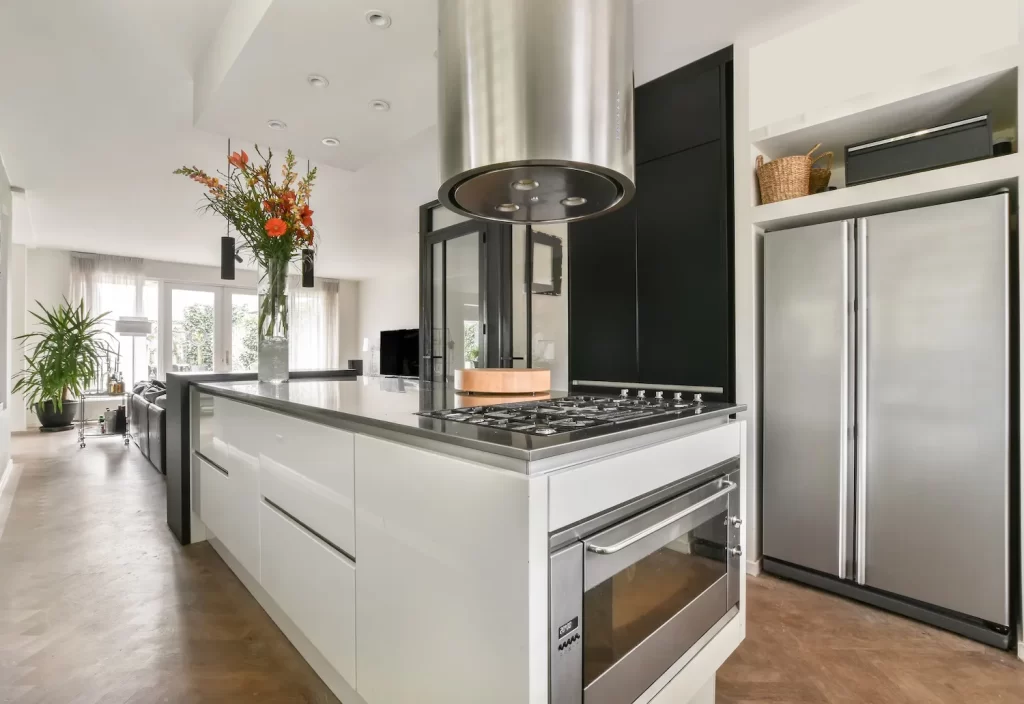
Renovating and remodeling will cost you, but each project varies widely on many factors. Before you start either a renovation or remodel:
Homeownership is a marathon, not a sprint, so consider your options before settling on the best choice for you and your finances.
Remodeling projects involve changing the structure of space through demolition and construction. That can include adding or removing walls, altering the layout of a room, or even creating new functional spaces, such as converting a garage into a living area. Remodels typically require more extensive work than renovations and may involve structural changes to the property.
Renovation projects focus on updating an existing structure with cosmetic changes and improving its functionality without changing its overall structure. Examples include repainting walls, replacing appliances, or updating flooring. On the other hand, restoration projects involve returning a space or building to its original state, such as repairing damage caused by natural disasters or restoring historical buildings to their original design.
Home improvements considered renovations involve updating and refreshing an existing space without altering its structure. Examples include painting, replacing doors or windows, upgrading countertops, installing new light fixtures, or updating flooring. Renovations primarily focus on enhancing the aesthetics and functionality of a room.
The cost and time differences between remodeling and renovating depend on the scope and complexity of the project. Typically, remodeling projects are more expensive and time-consuming than renovations due to the need for structural changes and additional labor. However, the exact difference in cost and time will vary depending on factors such as the size and scale of the project, materials used, and local labor costs. You should consult with multiple contractors to get an accurate quote for your specific project.
Some contractors may specialize in remodeling or renovation, while others offer both. Researching and finding a contractor with experience and expertise in the specific type of project you are planning is essential. Always ensure they are licensed and insured, and ask for references to verify their quality of work.
To determine whether your house needs renovation or remodeling, consider your goals for the project and the current condition of your home. If you want to refresh and update the look or functionality of your space without making any structural changes, then a renovation would be most suitable. However, a remodeling project may be necessary if your goal is to alter the structure, layout, or function of a room or area within your home.
It is always helpful to consult a professional home remodeling contractor who can assess your property and guide you on the best approach to achieve your desired outcome.

Jean Becker is an experienced and accomplished Interior Designer at Kaminskiy Design and Remodeling, with expertise in space planning, kitchen and bath design, and custom cabinetry. Her skills extend to remodels, additions, and ADUs, making her a key asset to the team. Beyond her design work, Jean enjoys writing about the latest trends and sharing innovative ideas in the design and remodeling industry.